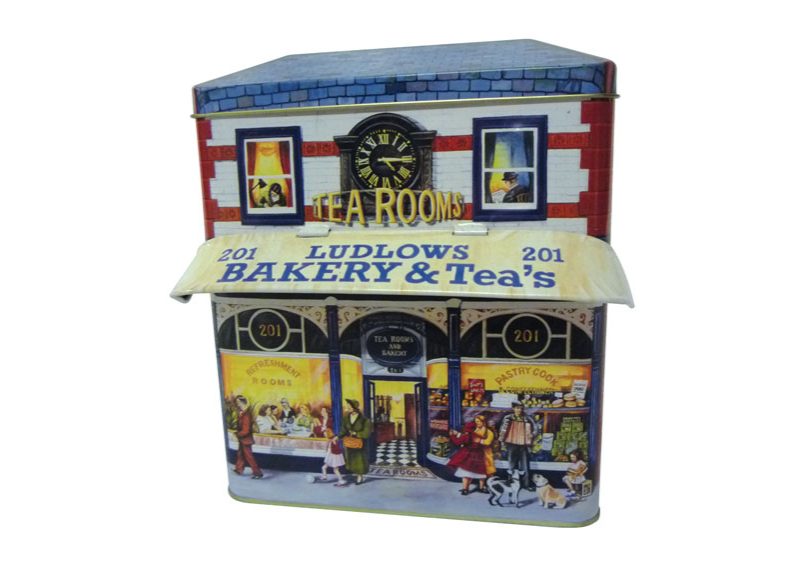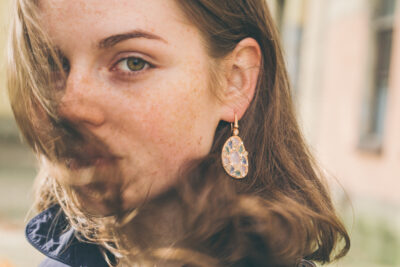
ANTIQUES EXPERT: tea caddy valuation
by Northern Life
 It’s still such dreary weather out there and after the parties at new year and the long dark nights it feels really good to just take it easy, and put my feet up in the evenings. So what could be better to feature in this edition than tea? Surely the best tonic for those new year hangovers is a good cup of strong, sweet tea and we can thank the Victorians for that!
It’s still such dreary weather out there and after the parties at new year and the long dark nights it feels really good to just take it easy, and put my feet up in the evenings. So what could be better to feature in this edition than tea? Surely the best tonic for those new year hangovers is a good cup of strong, sweet tea and we can thank the Victorians for that!
The Victorians made tea into the British obsession that it is, but it had come to our shores years before and tea drinking in other countries predates this by thousands and thousands of years.
According to Chinese mythology, in 2737 BC the Chinese Emperor, Shen Nung a scholar and herbalist, was sitting beneath a tree while his servant boiled drinking water. A leaf from the tree dropped into the water and shen nung decided to try the brew. The tree was a wild tea tree.
To the rest of the world our love affair with tea seems bizarre but it’s produced a whole range of interesting collectibles, none more so than teapots and caddies.
One of the earliest examples of a ceramic teapot may have been from Josiah Wedgewood and unlike most British porcelain of the era, didn’t ‘fly’ (crack when it touched hot water).
Even from this early period the Staffordshire potteries started to produce teapots in all shapes and sizes, some as part of a formal tea drinking set, including cups and saucers and some as novelty items in the shape of anything from houses and boats to animals! Wedgwood and Whieldon produced one of the most famous ranges of novelty teapots at this time, which were shaped as garden vegetables and fruit.
Traditional teapots are quite plump and rounded, with ample curving spouts and handles. The shapes of teapots can help with dating them, but because many 18th century styles were repeated in the 19th and 20th centuries, one must check the marks on the base to tell whether the piece is a later reproduction. Before you buy one examine it carefully for damage, as restoration can be expensive. The spout, handles and lids are the main areas to check for damage. This colourful, hinged tin container is a great piece of collectable packaging. A tea tin from one of England’s oldest drinks manufacturers, Brooke Bond, it has a
fascinating story, is a brand recognised by us all and is a wonderful attractive item too. It
features that memorable picture of a faraway tea picker. This tin dates from the 1940s and is on sale for £8.
Brooke Bond tea has been produced since the middle of the 19th century. In 1869, Arthur Brooke opened a grocer’s shop in Manchester and called it, Brooke Bond and company. Mr Bond did not exist, but as arthur Brooke rightly said, “it seemed to sound well”.
The tea on sale was blended by Brooke so he was able to maintain a consistent flavour and quality from week to week, something which other shops were not, at the time, doing.
The blend was popular and over the following years, Brooke Bond and company shops were opened across the country including London. Although the company did suffer hardship through some bad business decisions and The Depression, it continued well into the 1980s when it was bought by Unilever.
For collectors, there is an infinite variety of fields in which to specialise. Tin cannisters are popular but for me nothing beats the traditional tea caddy.
With teapots, although there are many examples available, collectors tend to stick to a theme, such as animals or characters and not just a designer. The variation in themes, styles and cost to suit anyone and everyone, make teapots a very popular collectable.
To have your antiques and collectibles valued, please send your letters and photos to info@northernlifemedia.co.uk.
GB antiques centre stresses that valuations given are an indication for insurance purposes only and are not necessarily what the item would sell for. Readers should also note that valuations are based on submitted photographs and any additional information provided by their owners. These valuations are intended to be indicative, not conclusive.




